Even the dead have to eat.
It is not wise to leave them hungry.
— Amare Xu, Tshoggan Magistrate
The Feast of Ashes is a traditional banquet laid out for the deceased in honor of who they were in life. The mummified corpse, or corpses, are seated in places of honor at the table and a magnificent feast is laid out before them. Such meals must be fit for the dead, lavishly decorated and made with things seldom edible by the living.
The Hungry Dead
Eat well - death is a long journey to walk.
As the dying leave their flesh behind and become spirit, they embark on a long journey to whatever lies beyond. Like any pilgrim, they require sustenance to make the trek. It falls to the living to provide it, if only to avoid becoming a meal themselves. With this, the Feast of Ashes honors and placates the dead, allowing them to make their way into the life beyond.
The Feast is a four-course meal and ceremony, each meal corresponding to both a step in the rite and a part of the deceased's existence. Celebrants extoll the virtues of the dead at each stage of their life, and end every meal with a drink of strong spirits.
It is considered inauspicious if nothing can be said of the dead, so minor traits or misadventures are often exaggerated. Those who speak walk a fine balance between tasteful embellishment and dishonoring lies.
The meals made for the dead focus more on appearance than actual taste, often using ingredients that are inedible or even dangerous but look impressive. Some chefs are so dedicated to crafting the perfect dish for a hungry spirit that even sitting at the table can be perilous. For some, it's a practical matter - unless they eat, they'll soon join the dead, after all. If the spirit is pleased enough by a majestic simulacrum of a meal, all the more reason to keep the palatable food for themselves.
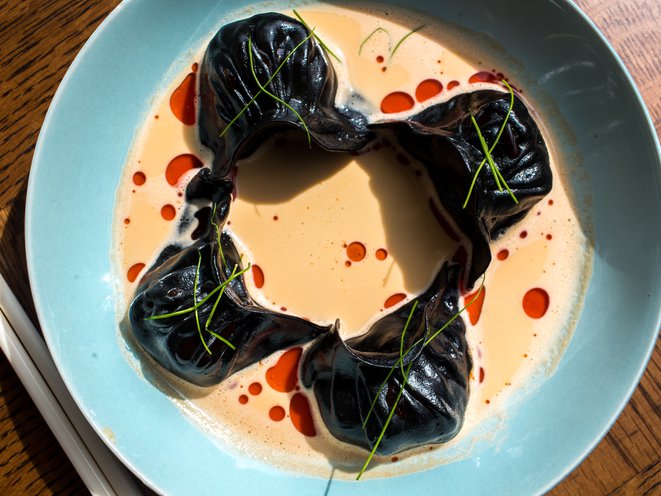
by Scott Heins/Gothamist
The first meal of the feast is traditional something light and honors the dead's youth, from early childhood until adulthood.
The most common first dish is
Khanuur; a leech stuffed with mushroom, meat, fungi, fish, then roasted. For the Ashes, the stuffings are sometimes replaced with bones, made to jut out of the leech, or even precious metals and gemstone. The exterior of the leech is similarly decorated, and they are served in a light soup with a side of fungi. It is a popular dish in
Tshoggan, for both dead and living.
These valuables are quietly retrieved once the ceremony has ended and the honored dead has smiled upon them.
When times are tough, which is often, or the celebrants poor, they often replace dishes with imitations. These are typically carved from bone, petrified mushroom, or other cheap material, often engraved with promises of better fare for the deceased when fortunes are better.
The second stage celebrates the adult life of the dead and typically focuses on their accomplishments and victories. Here, the main dishes are served and it is not uncommon for celebrants to present their contributions one after another in a sort of one-upmanship to see who might earn the favor of the spirit.
These dishes are often made to look as extravagant as possible, with the least considerations made for their taste. Poisonous beasts are butchered and cooked, plated in the most pleasing manner they can, seasoned with shimmering quartz dust or even metals. Anything goes, and celebrants who make the meal here are more artisans than chefs.
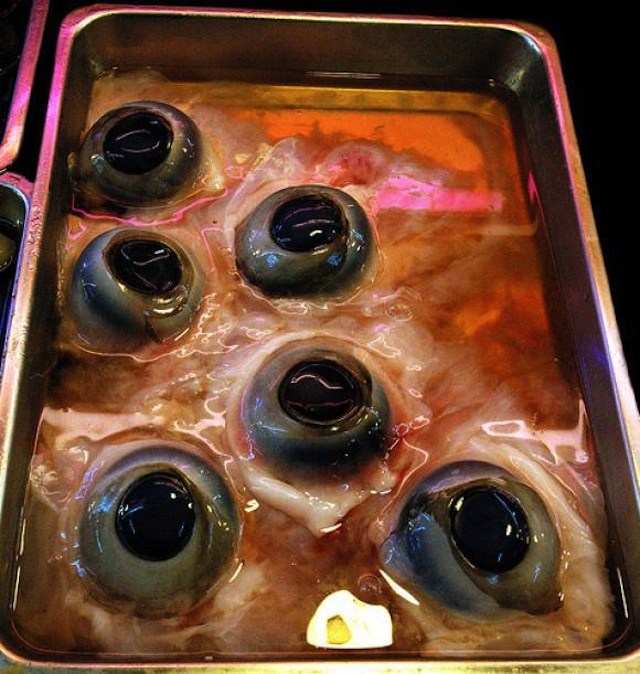
by Keiko Pham
A few wealthy patrons even sponsor the creation of meals made entirely from precious material by skilled
corpse-crafters, but this is generally frowned upon. Such sculptures, when not born from necessity, are seen as cheating.
Some, however, insist on only making meals that can also be eaten. After all, they argue, what good is a meal that cannot be eaten?
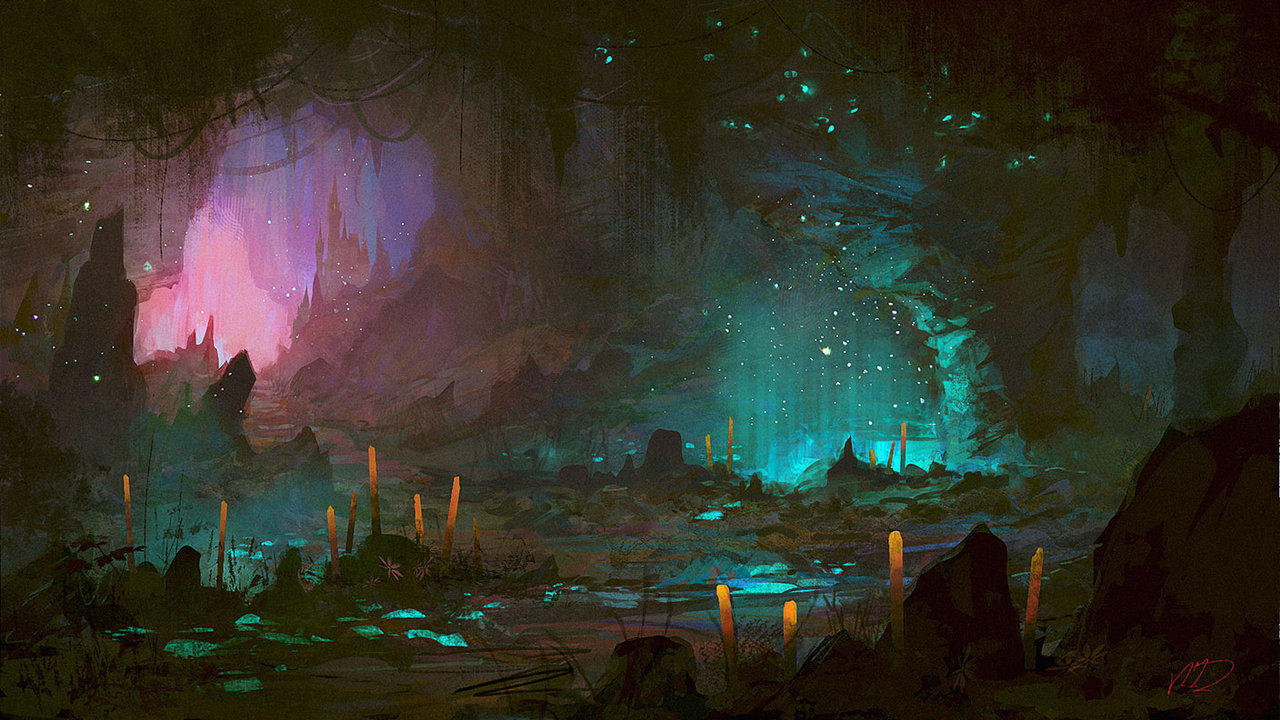


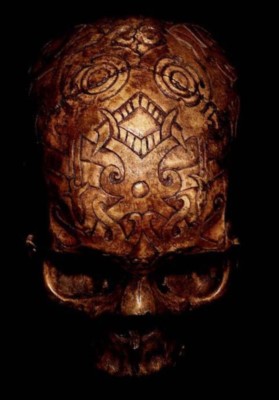




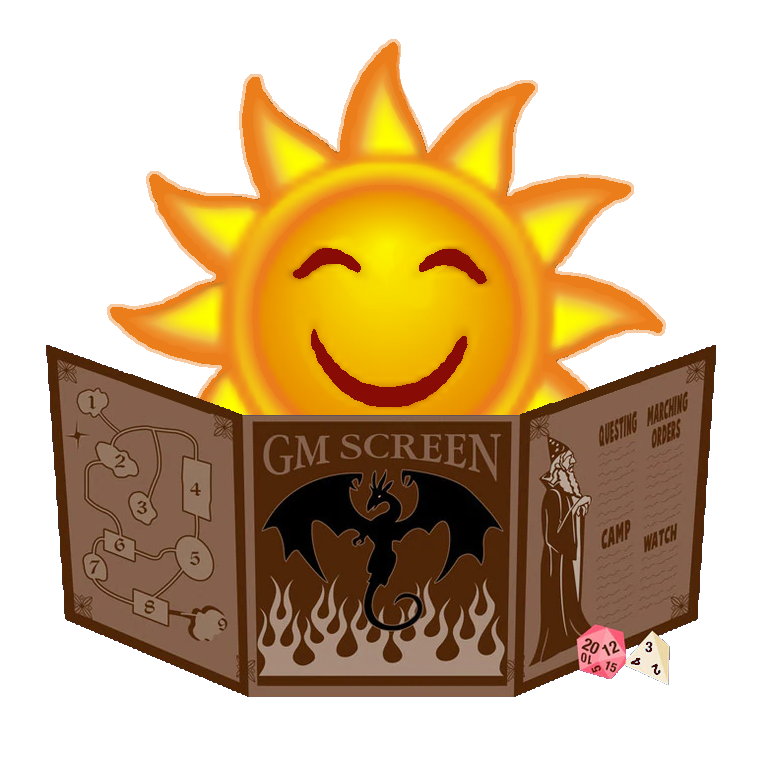

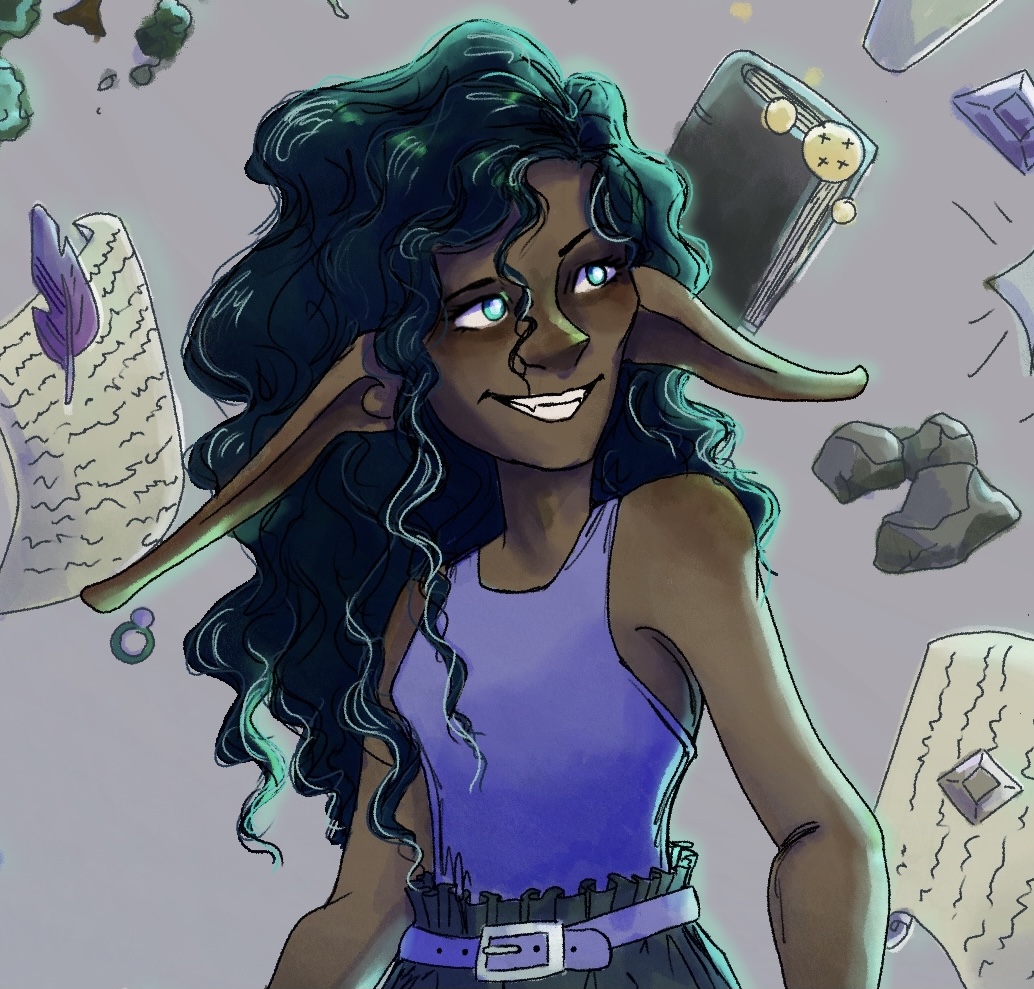



I am sorry I might have missed it but .. who is ACTUALLY eating the food ?
World Anvil Founder & Chief Grease Monkey
Twitter | World Anvil Changelog
“No act of kindness, no matter how small, is ever wasted.” - Aesop
If it's edible, the people celebrating. If it's not, no one. The food is displayed, then discarded. I'll add something about that after the challenge when I have more words to work with. Thanks for reading and commenting! :D
Creator of Araea, Megacorpolis, and many others.